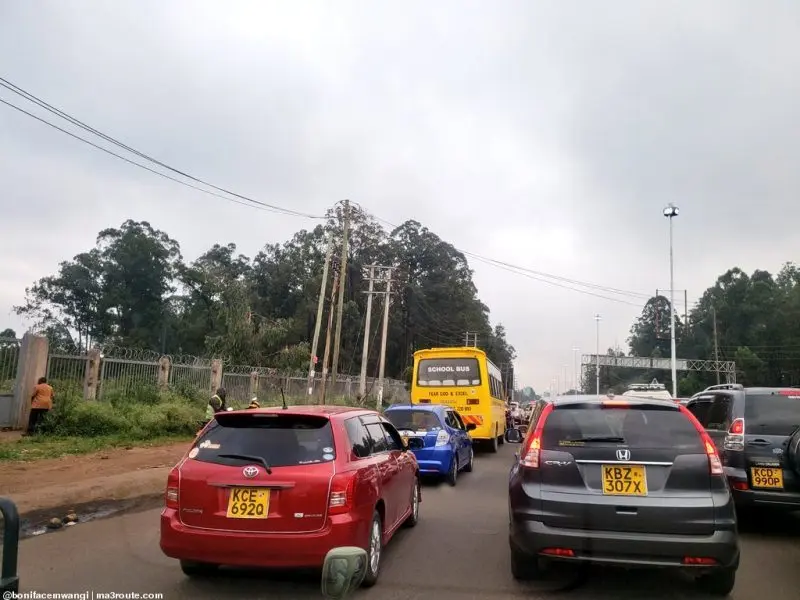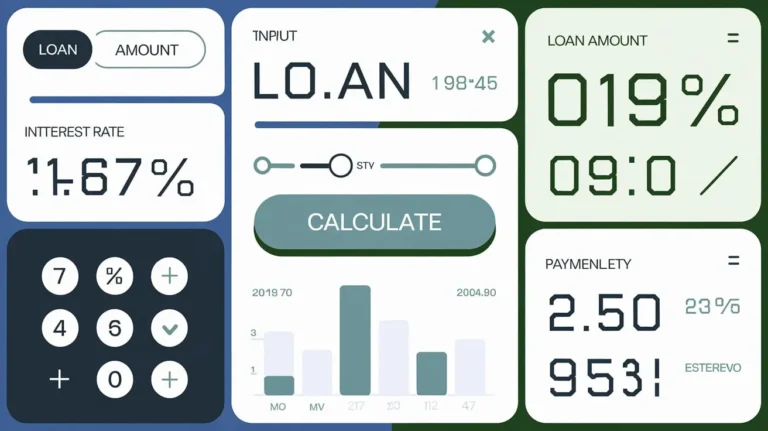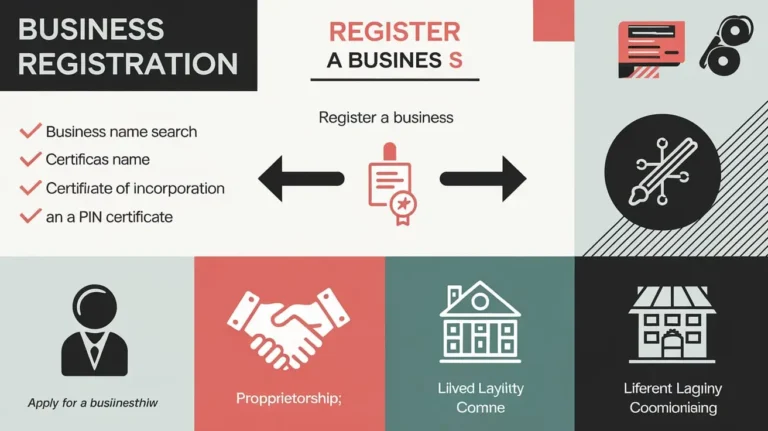
photo | businesstoday
The recent announcement by the Matatu Owners Association (MOA) regarding fare increases has created a ripple effect in the transportation sector, benefiting personal car owners who may now find themselves at an advantage.
As public transport fares rise due to escalating fuel prices, many commuters are reconsidering their travel options, potentially leading to increased demand for personal vehicles.
Fare Increases and Their Impact
Starting July 5, 2023, matatu fares across Nairobi and its metropolitan area are set to increase by between Ksh30 and Ksh50, depending on the route and time of day.
The MOA attributed this fare hike to the recent spike in fuel prices, which saw petrol prices surge to record highs, reaching Ksh211.64 per litre.
This increase in operational costs has forced matatu operators to adjust their pricing structures to maintain profitability.
Brendan Marshall, a senior member of the MOA, explained that the fare adjustments are necessary to cushion operators against rising costs, including fuel, spare parts, and loan interests.
As a result, commuters who rely on matatus for daily transport will face higher expenses, prompting some to explore alternative means of travel.
Shift Towards Personal Vehicles
With public transport becoming more expensive, many commuters are likely to consider using personal cars as a more cost-effective and convenient option.
This shift could lead to an increase in the number of vehicles on the road, as individuals seek to avoid the financial burden of higher matatu fares.
Moreover, the convenience of personal vehicles allows for greater flexibility in travel times and routes, which can be particularly appealing during peak hours when matatus are often crowded and fares are at their highest.
As a result, personal car owners may find themselves benefiting from reduced competition for space in public transport, leading to a more favorable travel experience.
Economic Implications
The rise in matatu fares not only affects commuters but also has broader economic implications.
Increased reliance on personal vehicles may lead to higher fuel consumption and traffic congestion, posing challenges for urban infrastructure.
Additionally, as more people opt for personal cars, there could be a shift in consumer spending patterns, impacting businesses that rely on foot traffic from public transport users.
Conclusion
As matatu fares continue to rise in response to fuel price hikes, personal car owners may find themselves in a more advantageous position.
The shift in commuter behavior could reshape the transportation landscape in Nairobi, leading to increased demand for personal vehicles.
While this change may offer immediate benefits to car owners, it also raises important questions about the long-term sustainability of urban transport systems and the need for comprehensive planning to accommodate evolving travel preferences.





